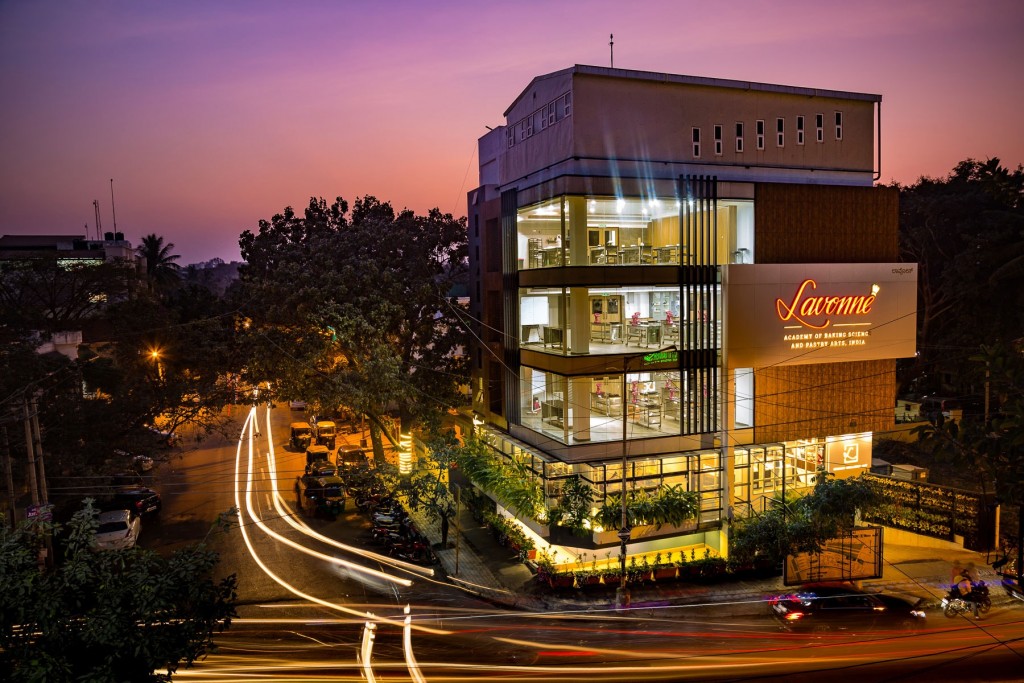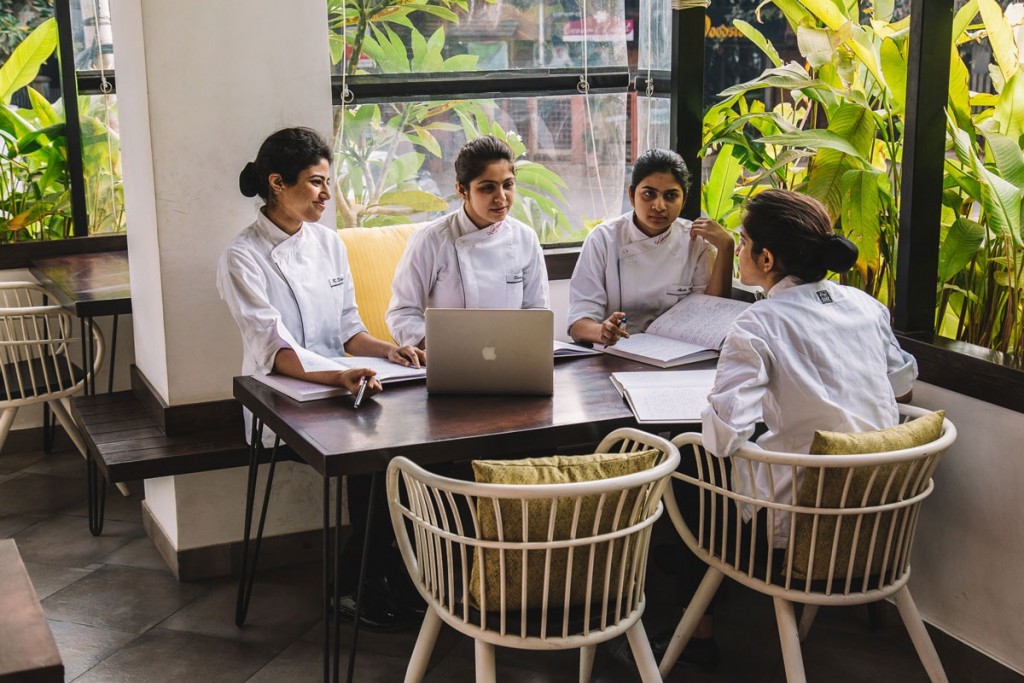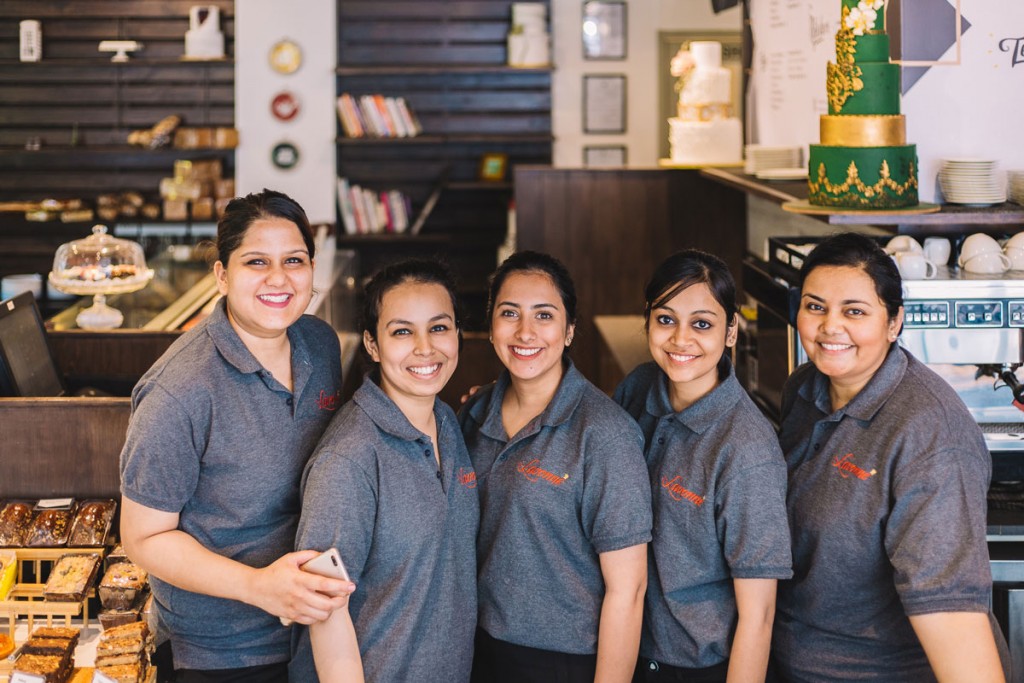So your cake’s out of the oven and has cooled down. You could either eat it, as is, the plain-Jane way, or you could make it look like heaven before you and your guests devour it. All it takes to deck up your cake is some buttercream, which is so versatile and can sit atop your baked creation, any way you want it to. That said, piping can be pretty daunting especially if you’re an amateur. But you’ve got to start somewhere, don’t you? To lighten your load of figuring how to go about it, this week, we will take you through the nuances of buttercream decoration. Before we get into the nitty-gritties of piping, you’ve got to ensure you know how to fill your piping bag and of course, how to hold it the right way (Don’t forget to remove all the air bubbles before you start piping!). These images from www.wikihow.com and www.reddit.com should help.  From swirls, ruffles, beads, and rosettes to basketweaves, shells, buttercream ropes, zig-zag and lattice patterns, choice of techniques in the world of buttercream decoration are aplenty, to say the very least. However, at Lavonne, these are the 4 most commonly used piping methods adopted by our pastry chefs.
From swirls, ruffles, beads, and rosettes to basketweaves, shells, buttercream ropes, zig-zag and lattice patterns, choice of techniques in the world of buttercream decoration are aplenty, to say the very least. However, at Lavonne, these are the 4 most commonly used piping methods adopted by our pastry chefs.
The Rossette Technique  Resembling the snug, twirling appearance of a rose, the buttercream rosette is attained in one unceasing revolution, starting at the center and moving towards the edge.
Resembling the snug, twirling appearance of a rose, the buttercream rosette is attained in one unceasing revolution, starting at the center and moving towards the edge.
The Petal Technique  To achieve this look for your cake, you’ve got to begin at the back and bottom of your cake. Pipe two dots larger than the width of the spatula. Use the tip of the spatula and press firmly into one dot smearing the icing into the next. Do the same with the next dot and go on in succession, row-wise, upwards.
To achieve this look for your cake, you’ve got to begin at the back and bottom of your cake. Pipe two dots larger than the width of the spatula. Use the tip of the spatula and press firmly into one dot smearing the icing into the next. Do the same with the next dot and go on in succession, row-wise, upwards.
The Palette Knife Technique  Here, we crumbcoat the cake roughly with think buttercream. Then using a big palette knife, we smear the buttercream in different directions to create that patchy finishing.
Here, we crumbcoat the cake roughly with think buttercream. Then using a big palette knife, we smear the buttercream in different directions to create that patchy finishing.
The Ombre Scraping Technique  Again, we first crumbcoat the cake roughly, using three or more shades of a colour, in three parallel sections or more depending on the number of shades chosen. Once done, using a scraper or spatula, scrape off the excess to create a smooth finishing. While all of these methods look spectacular, you’ve got to bear in mind that the first time you try your hand at piping with buttercream, in all likelihood, it’s going to be a messy affair and may not resemble the design you were actually going for. But, fret not. Practice makes perfect. Here are a few pointers (the 3 P’s) from our in-house cake decorator, on how to perfect the art and craft of buttercream piping.
Again, we first crumbcoat the cake roughly, using three or more shades of a colour, in three parallel sections or more depending on the number of shades chosen. Once done, using a scraper or spatula, scrape off the excess to create a smooth finishing. While all of these methods look spectacular, you’ve got to bear in mind that the first time you try your hand at piping with buttercream, in all likelihood, it’s going to be a messy affair and may not resemble the design you were actually going for. But, fret not. Practice makes perfect. Here are a few pointers (the 3 P’s) from our in-house cake decorator, on how to perfect the art and craft of buttercream piping.
Plan- It’s always good (and safe) to know what you plan to do with the cake in front of you. Look up ideas online, come up with something on your own, sketch out on paper what you’ve got in mind, think through your plan and if you will be able to execute it.
Practice- You obviously don’t expect to become the most sought-after cake decorator overnight. It takes a lot of practice before you begin to like your own work. For those smooth swirls, flawless scallops, and intricate filigree work, you’ve got to P-R-A-C-T-I-C-E.
Persevere- It’s very easy to give up when your cake ends up looking like a cream-smattered eyesore but don’t lose hope. Persevere, and you will see the fruit of your labour in time. So, what are you waiting for? Go on and frost those cupcakes already!



